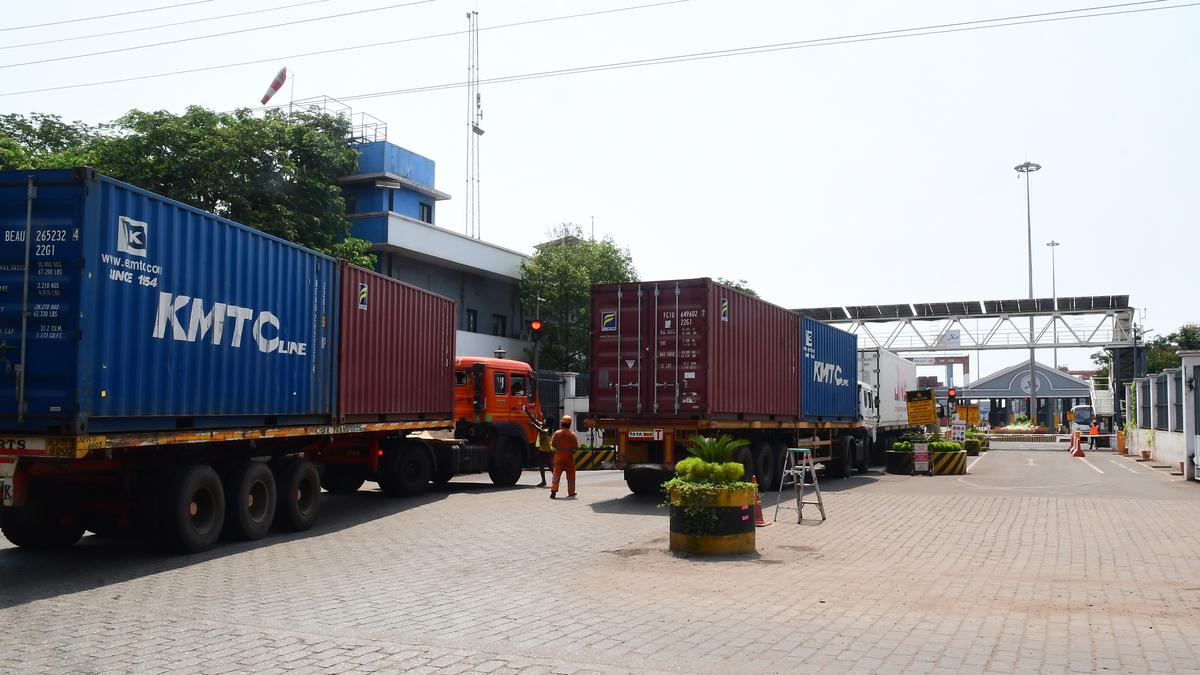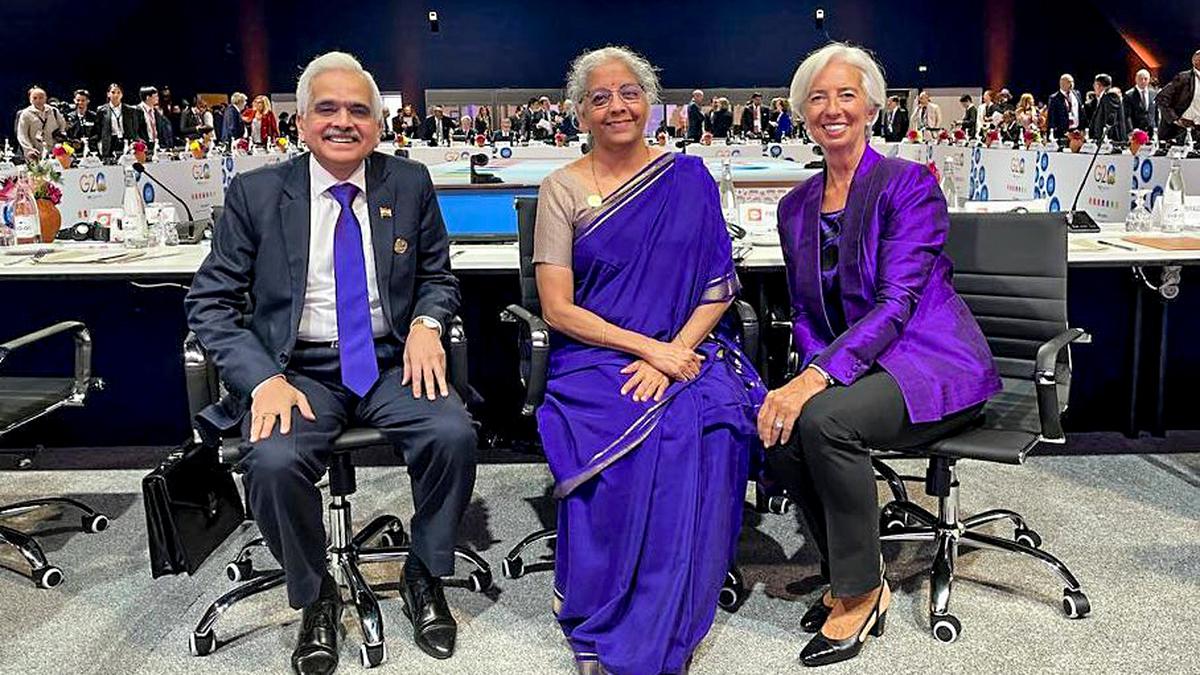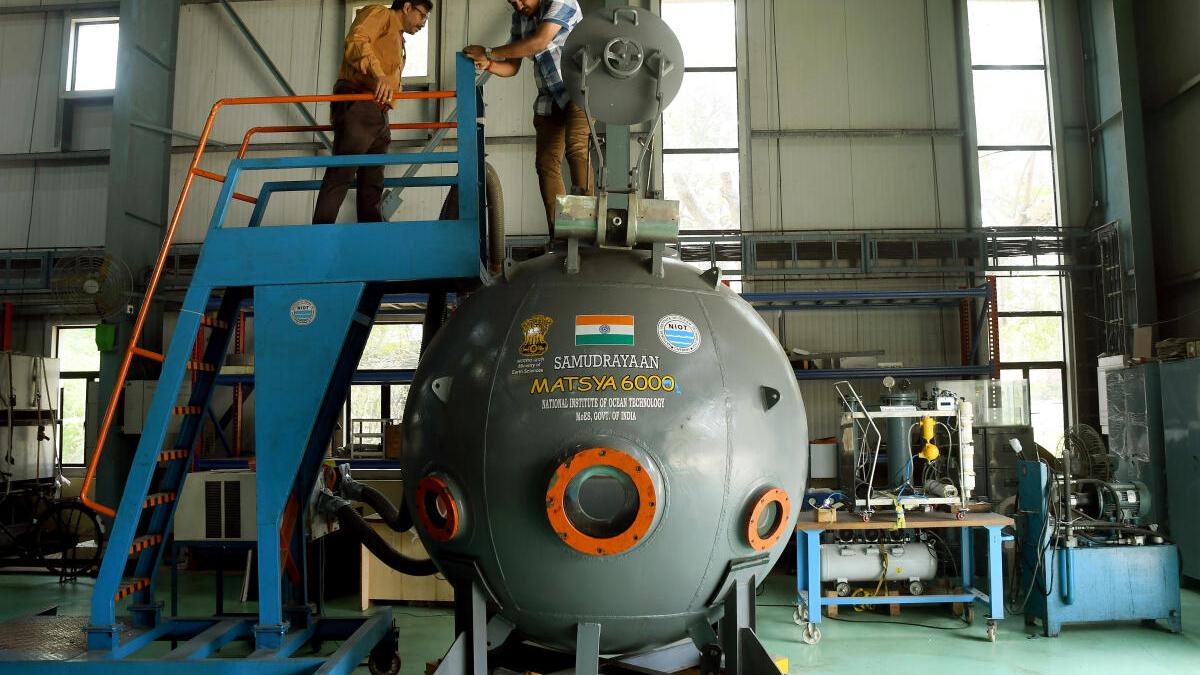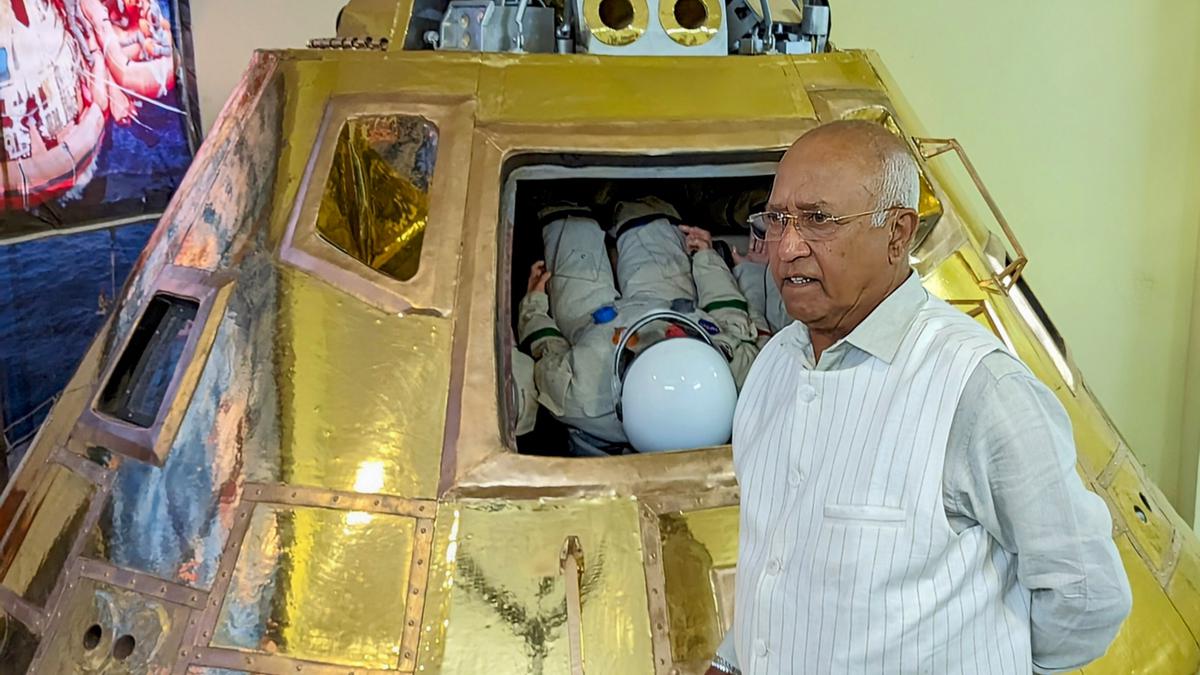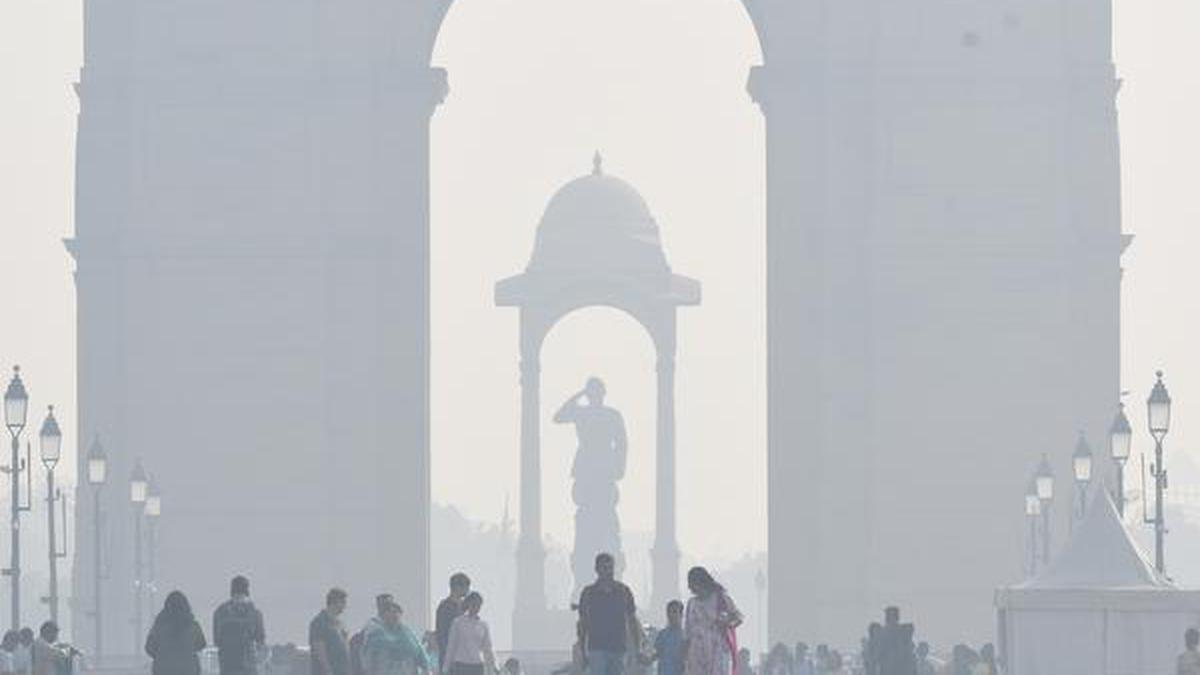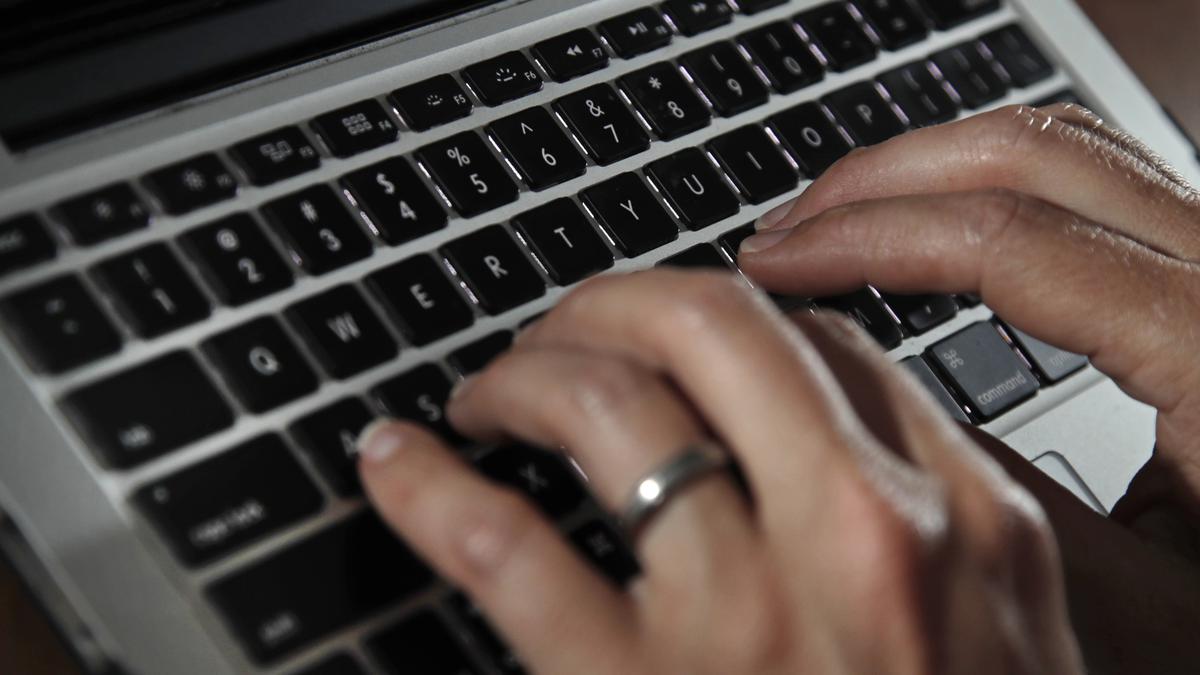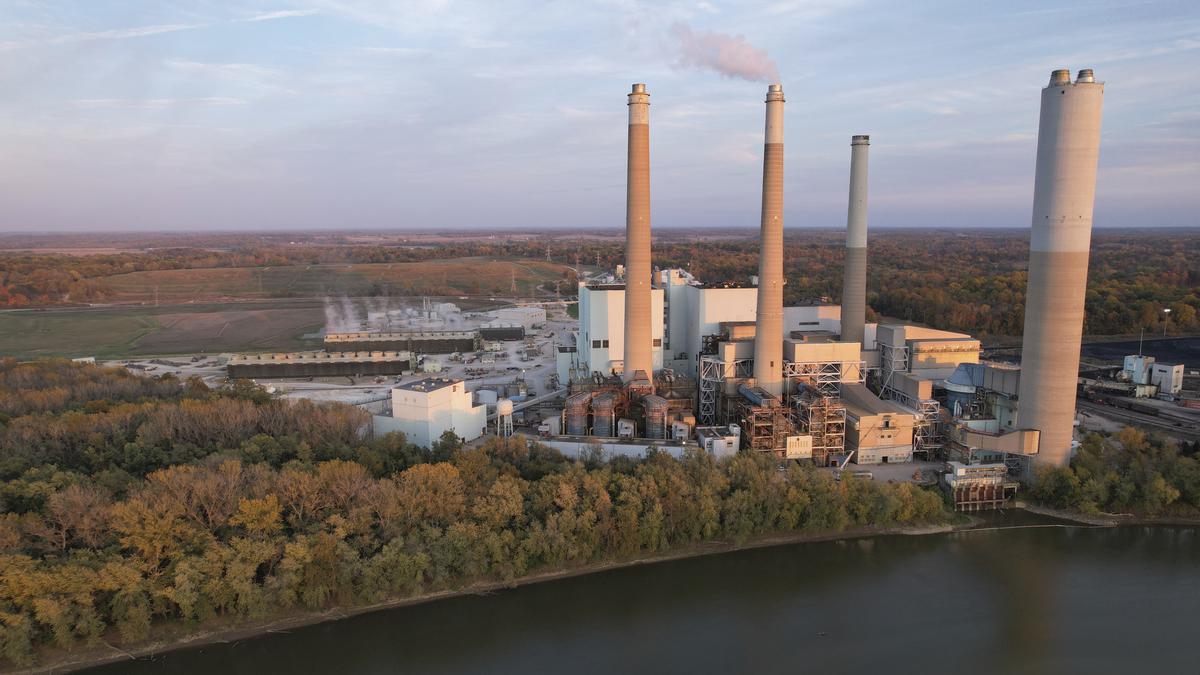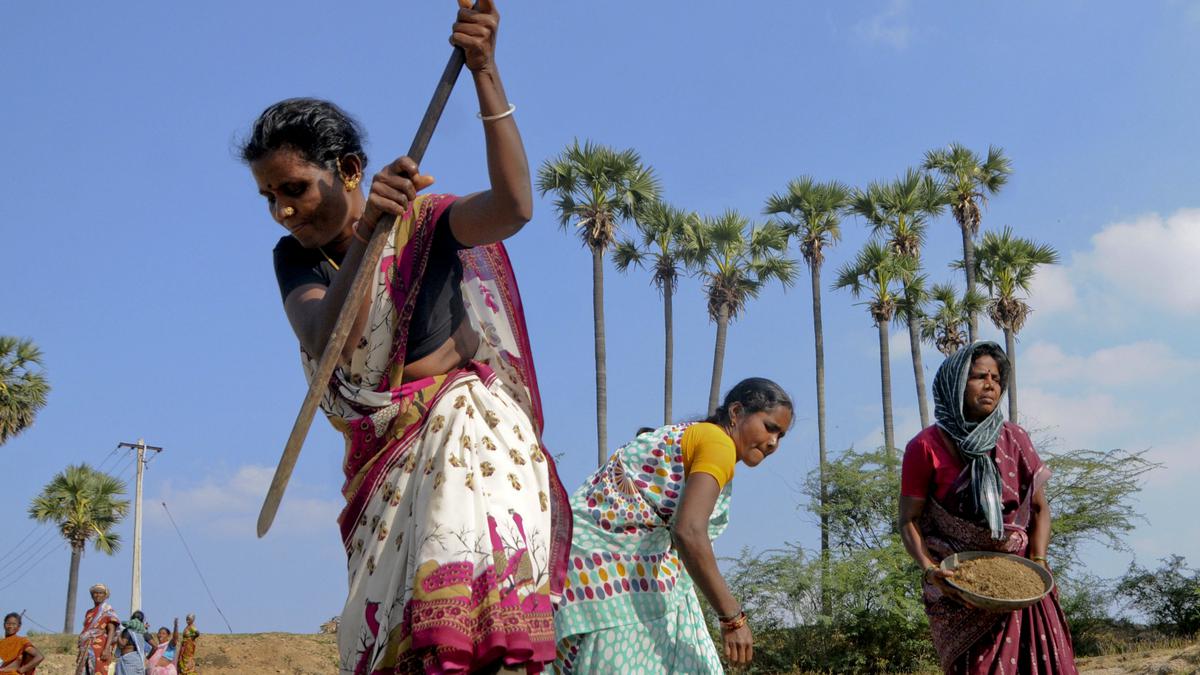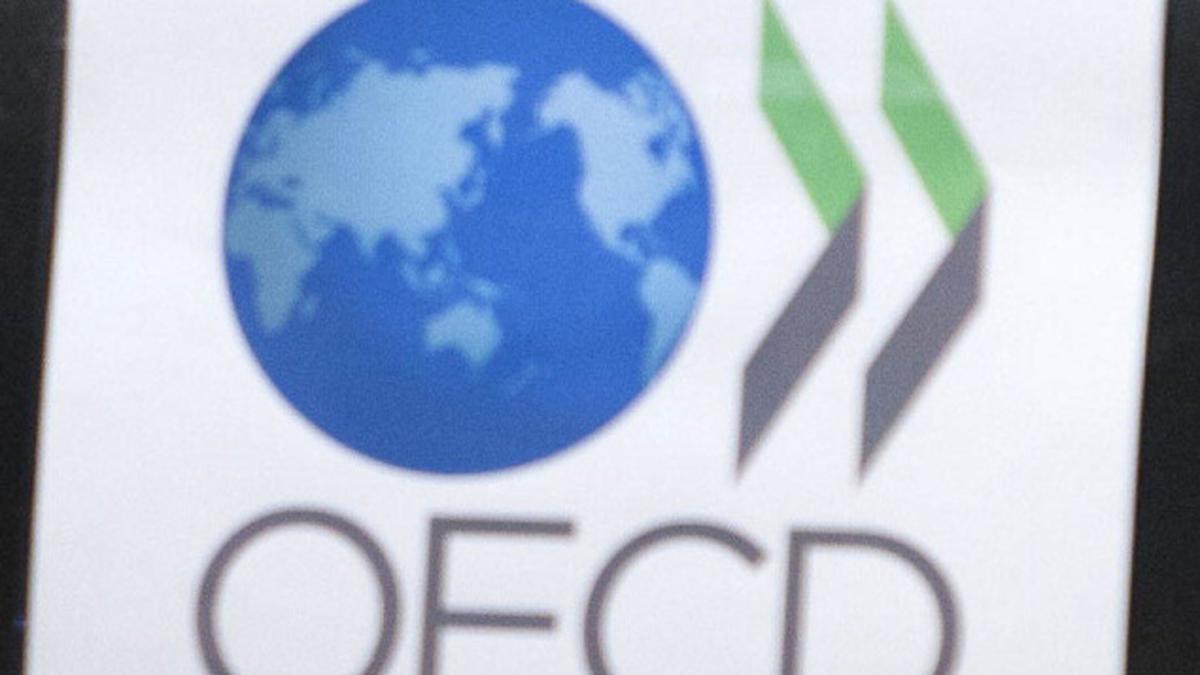UBS has warned that there is an increasing risk of Indian banks’ unsecured retail loans going bad, as lending to borrowers with overdue debt has risen. Lenders in India have been expanding their unsecured lending portfolios as the pandemic-induced financial stress on households has eased. UBS has shifted to a “neutral” stance on the banking sector and predicts a greater possibility of regulatory tightening on unsecured loans. The bank has also raised its credit cost forecasts for Indian banks and downgraded its ratings on State Bank of India and Axis Bank. UBS favors HDFC Bank and IndusInd Bank.
Significance of the Rising Risk of Unsecured Retail Loans
The rising risk of unsecured retail loans in Indian banks is a cause for concern in the country’s financial sector. With lenders increasing their unsecured lending portfolios, there is a higher probability of these loans turning sour. This poses a potential threat to the stability of the banking sector, as default rates could increase and impact the overall economy. Monitoring and addressing this risk is crucial to maintain the health of the financial system.
Features of the Rising Risk of Unsecured Retail Loans
- Increased lending to borrowers with overdue debt
- Rise in the share of loans to borrowers with weaker risk profiles
- Increase in retail borrowers’ leverage
- Growth in outstanding receipts from credit cards and personal loans
- Rise in the share of lending to borrowers with overdue loans
- Increase in the number of borrowers with multiple retail loans
- Higher credit cost forecasts for Indian banks
- Lowered rating and price target for affected banks, such as State Bank of India and Axis Bank
- Preferential preference for HDFC Bank and IndusInd Bank
Objectives of Addressing the Rising Risk of Unsecured Retail Loans
The objectives of addressing the rising risk of unsecured retail loans are:
- Mitigate potential financial instability caused by loan defaults
- Safeguard the interests of depositors and investors
- Maintain the overall health and stability of the banking sector
- Promote responsible lending practices among banks
- Prevent the creation of a debt burden for individuals and households
Effects of the Rising Risk of Unsecured Retail Loans
The effects of the rising risk of unsecured retail loans can include:
- Increased loan defaults and non-performing assets for banks
- Financial stress on borrowers with weaker risk profiles
- Potential impact on economic growth and development
- Decreased investor confidence in the banking sector
- Tighter regulatory measures and oversight on unsecured loans
Pros and Cons of Addressing the Rising Risk of Unsecured Retail Loans
Pros:
- Protects the stability of the banking sector
- Minimizes the financial impact of loan defaults
- Encourages responsible lending practices
- Prevents individuals and households from falling into excessive debt
Cons:
- Might lead to reduced access to credit for individuals with weaker credit profiles
- Could slow down credit growth and economic activity
- Increased regulatory burden on banks
Fun Fact
Did you know that India’s unsecured loans have seen a significant increase in recent years? In fiscal year 2022-23, the share of lending to borrowers with overdue loans rose to 23%, and the number of borrowers with multiple retail loans increased to 9.3%. This indicates a growing reliance on unsecured credit among Indian borrowers, which raises the importance of effectively managing the associated risks.
Mutiple Choice Questions
1. What is the main concern raised by UBS regarding Indian banks’ unsecured retail loans?
a) The decrease in lending portfolios
b) The increase in lending portfolios
c) The decrease in household finances
d) The increase in household finances
Explanation: UBS is concerned about the rising risk of Indian banks’ unsecured retail loans turning sour due to the increase in lending to borrowers with overdue debt.
2. Why have lenders in India been boosting their unsecured lending portfolios?
a) To decrease household finances
b) To increase household finances
c) To ease pandemic-induced stress on household finances
d) To monitor nascent stress in the banking sector
Explanation: Lenders in India have been boosting their unsecured lending portfolios to ease the pandemic-induced stress on household finances.
3. What did the country’s central bank announce regarding the monitoring of unsecured loans?
a) It is actively promoting unsecured loans
b) It is closely monitoring the segment for signs of nascent stress
c) It is decreasing regulations on unsecured loans
d) It is increasing regulations on unsecured loans
Explanation: The country’s central bank announced that it is closely monitoring the segment of unsecured loans for signs of nascent stress.
4. What does UBS expect in terms of regulatory tightening on unsecured loans?
a) It expects a decrease in regulatory tightening
b) It expects an increase in regulatory tightening
c) It expects no changes in regulatory tightening
d) It expects the elimination of regulatory tightening
Explanation: UBS sees a higher probability of regulatory tightening on unsecured loans in the banking sector.
5. According to UBS, what has been happening to the share of loans to borrowers with weaker risk profiles?
a) It has been decreasing
b) It has been increasing
c) It has been stable
d) It has been fluctuating
Explanation: According to UBS, the share of loans to borrowers with weaker risk profiles has risen along with an increase in retail borrowers’ leverage.
6. What is the current outstanding amount from credit cards held by the Indian banks?
a) ₹1.68 trillion
b) ₹2.18 trillion
c) ₹26.19 billion
d) ₹25.19 billion
Explanation: The current outstanding amount from credit cards held by the Indian banks is ₹2.18 trillion ($26.19 billion).
7. How much did outstanding personal loans rise in the same period?
a) 12%
b) 23%
c) 26%
d) 9.3%
Explanation: Outstanding personal loans rose 26% in the same period, according to central bank data.
8. What was the percentage of lending to borrowers with overdue loans in fiscal year 2022-23?
a) 12%
b) 23%
c) 9.3%
d) 3.9%
Explanation: The percentage of lending to borrowers with overdue loans rose to 23% in fiscal year 2022-23, compared to 12% in fiscal 2018-19.
9. What was the percentage of borrowers with multiple retail loans in fiscal year 2022-23?
a) 12%
b) 23%
c) 9.3%
d) 3.9%
Explanation: The percentage of borrowers with multiple retail loans rose to 9.3% in fiscal year 2022-23, compared to 3.9% in fiscal 2017-18.
10. Which banks are preferred by UBS?
a) State Bank of India and Axis Bank
b) HDFC Bank and IndusInd Bank
c) State Bank of India and HDFC Bank
d) Axis Bank and IndusInd Bank
Explanation: UBS prefers HDFC Bank and IndusInd Bank.


